Loch Ness monsters, giant sea snakes, Asian dragons… do they exist or are they just a product of imagination? Over the past 2,000 years, people have come up with many theories, but in the end, the truth has not been finalized.
However, under the eyes of Professor Angela Milne r, British Museum of Natural History, all of that can be explained with modern scientific knowledge.
Giant sea snake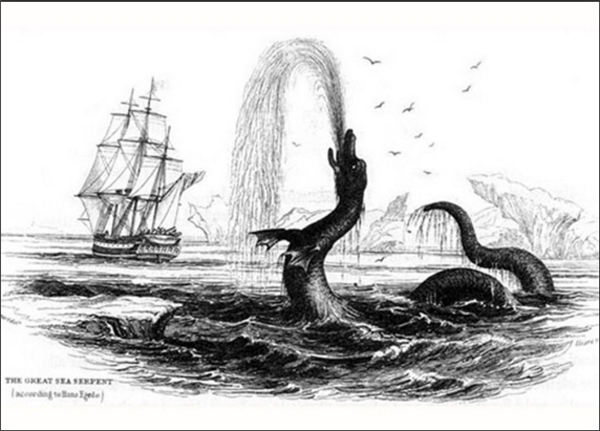
Giant sea snake.
For thousands of years, fishermen often tell each other the story of a giant sea snake. According to those who have witnessed it, it is a large creature with a length of tens of meters, a horse’s head and dark upper part, pale tail. They claim this sea monster is more than capable of sinking the largest ships if it angers them.
However, Professor Milner believes that the giant sea snake is actually a flipper fish, which rarely comes to the surface.
Loch Ness Monster
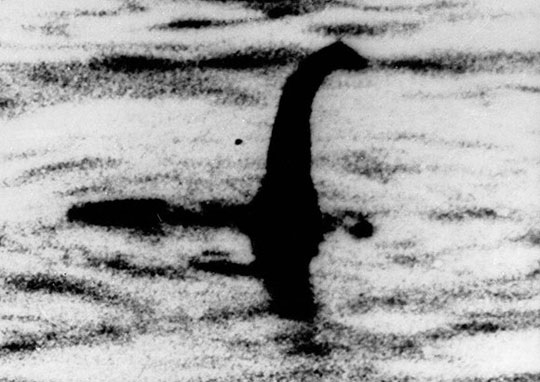
Loch Ness Monster.
The Loch Ness Monster is one of the most famous and appeared closest to our time.
Everything comes from a photograph taken in the 30s of the last century that recorded the image of an object resembling a reptile 180 million years ago emerging in the middle of Loch Ness in Scotland. Many searches have been carried out since then, even the most advanced equipment has been used to survey the bottom of the lake, but no clues have been obtained.
Professor Milner believes that there are no monsters here and that it is all just human imagination through an unclear photograph. However, many people have not given up and every year, people still look at Loch Ness hoping to see this legendary animal again.
Horses with horns
According to the legend of many Western countries, this horse has snow-white hair, a long mane and especially a horn on its forehead. Some consider it to be the mount of angels, but there are also stories that tell it to be quite ferocious.
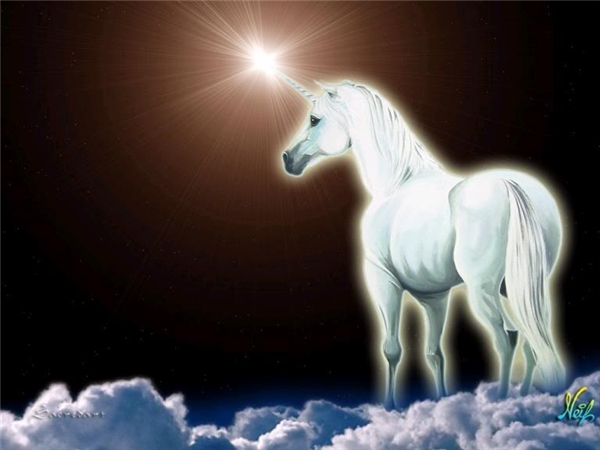
Horses with horns.
Some studies confirm that the unicorn is actually the product of a combination of a narwhal and a rhinoceros species called Elasmotherium. Others believe it to be a white antelope, although this species has two horns, but when viewed from one side, it looks like it has only one long horn.
Water monster Kraken
Described as a giant octopus with tentacles tens of meters long that can knock ships to the bottom of the ocean. Hundreds of years ago, it was said to have discovered this sea monster off the waters of Kraken of England.
arrow_forward_iosRead more00:0000:1900:30Powered by GliaStudioclose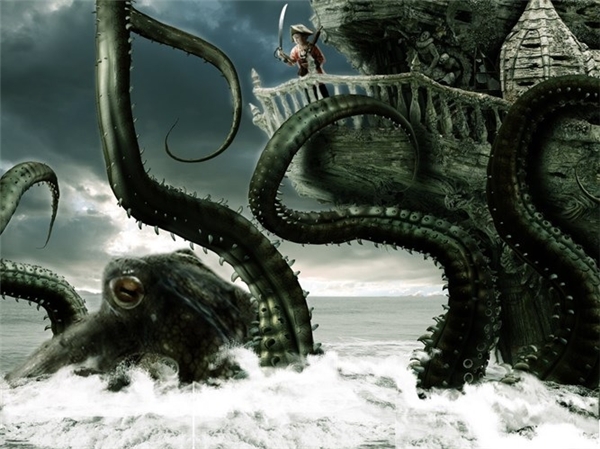
Water monster Kraken.
Professor Milner explained that this is an exaggerated image of a giant squid with a body over 20 meters long. However, this squid is not as dangerous as in the story above and they are sometimes found in the stomachs of giant sperm whales.
Half eagle, half lion
The myth originated in Central Asia around 500 BC. People here often tell their children and grandchildren about an animal that is half eagle, half lion.
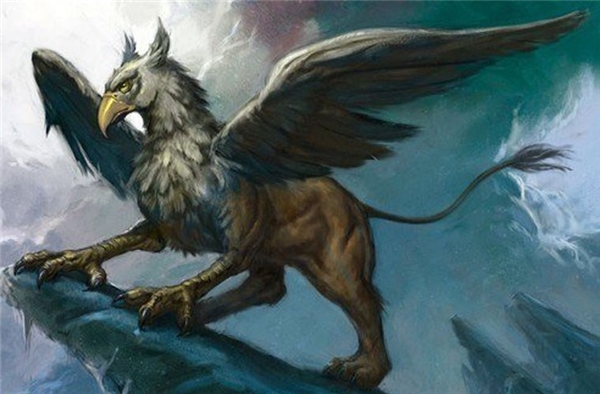
During the twentieth century, archaeological discoveries in the deserts of Central Asia have unearthed fossils of the flying dinosaur Protoceratop. The bird head of the half-eagle, half-lion monster is very similar to the skull of the dinosaur Protoceratop. Perhaps through folk traditions, the animal has gone into legend.
“One-Eyed Giant”
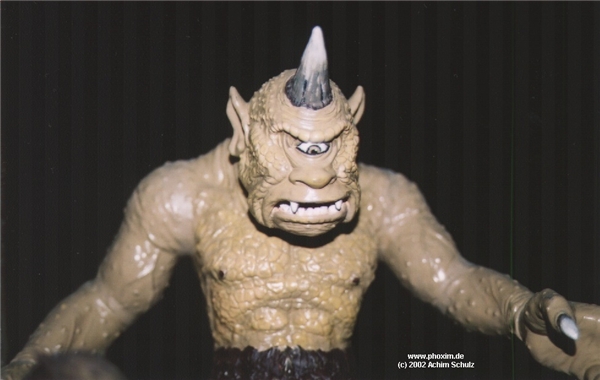
According to Greek mythology, the world once existed a race of giants with only one eye in the middle of the forehead. A few thousand years ago, there was a small elephant, whose skull was twice the size of a human’s skull and had a round hole for the trunk to attach to (it’s easy to mistake it for an eye socket). It is possible that when people discovered the fossils of this elephant, people had deceived them into giants with one eye.
Dragon
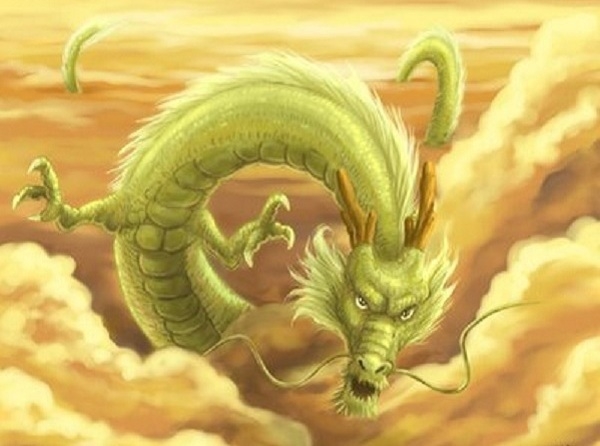
Asian dragon image.
Originating from China, dragons usually have 4 claws, but the dragon of kings – a sign of authority – has 5 claws.
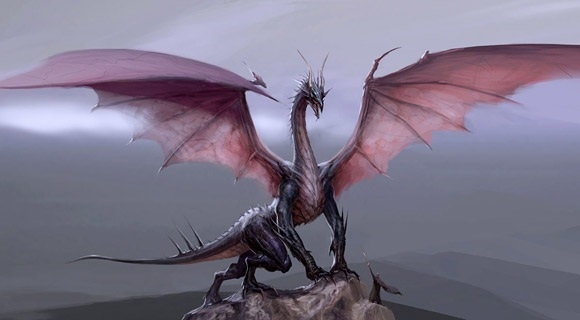
Western Dragon.
Today, people are still confused between dragons and dinosaurs. In addition, the komodo dragon species that exist today in Indonesia and dinosaur fossils have allowed filmmakers to recreate the image of majestic and noble dragons. In particular, the Western dragon species is distinguished from the East by a pair of wings on its back.
Source: danviet.vn








